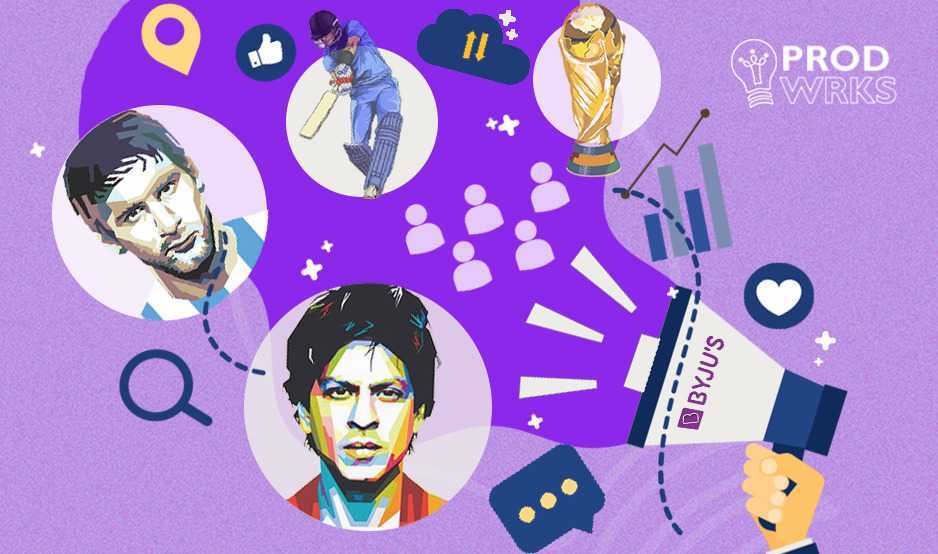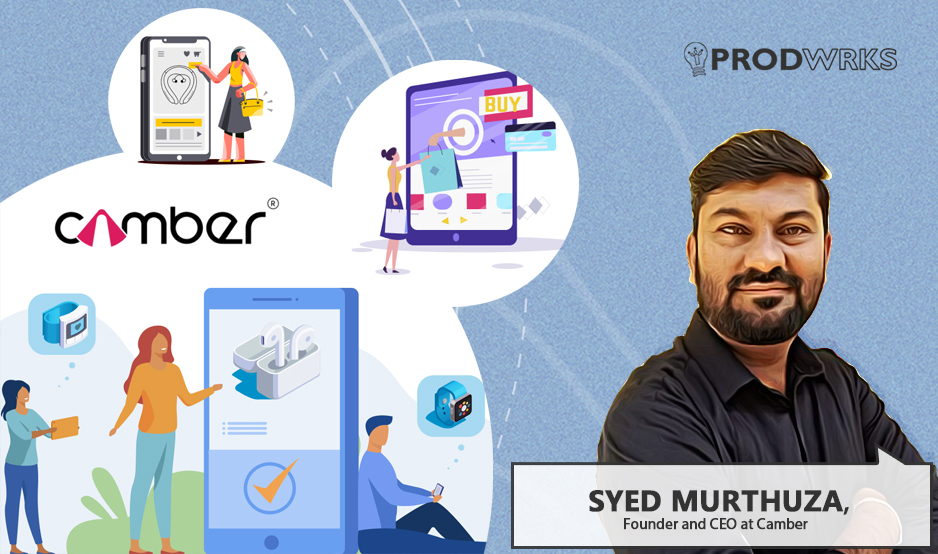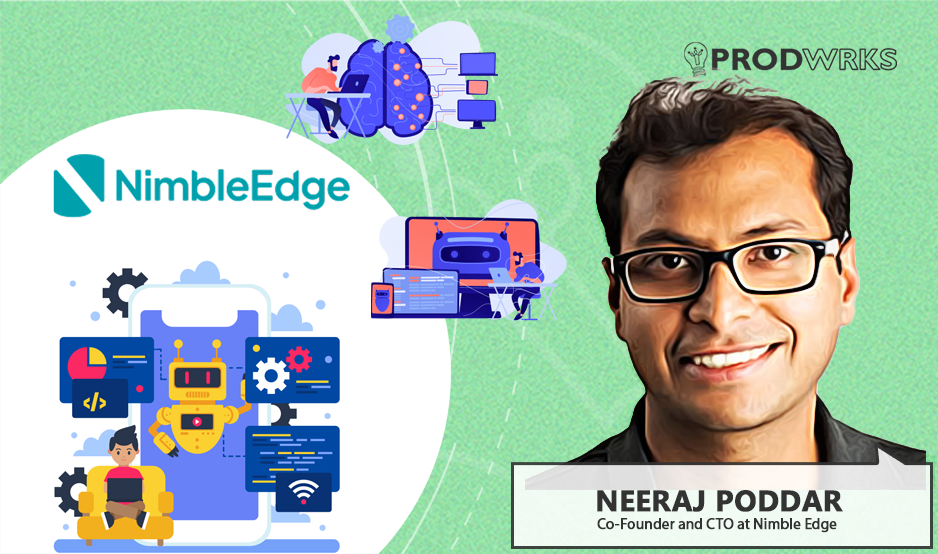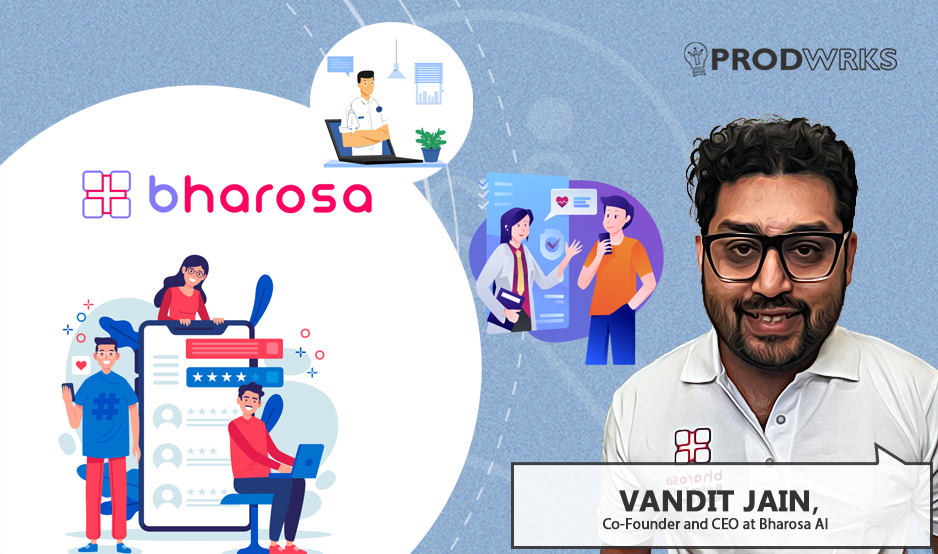
Marketing done right meets its true potential by attracting your target user, converting them to willing customers, and, more importantly, establishing a clear need that is yet to be realized for your product offering. But, without a magic marketing mantra to make all this possible, BYJU’S followed an effective multi-layered marketing strategy targeted to specific impact pockets that helped the brand strike the right chords to become a household name.
We try to decode how BYJU’S cracked this marketing game to become a well-recognized brand that’s loved by millions globally.
Setting a shift in thought perception
By emphasizing on habits associated with learning rather than solely focusing on traditional foundational knowledge and by targeting specific audiences without excluding others, Byju’s has successfully established a unique brand identity that resonates with people and sets it apart from other education and learning companies
While doing so, it also focuses on addressing the pain points of its users – the students – by showing that learning could be fun, even algebra! They did this by taking the monotony out of education and filling it with life using technology and innovative learning mediums that attract Gen Z students.
This created a shift in thought perception for its target audiences – the students and their parents, the latter being the primary decision-makers for buying their services. Parents started accepting the positive impact of technology as an enabler in their children’s lives and were now okay with their children glued to their screens for academic lessons.
It also helped the ed-tech startup take the boredom out of classrooms and into the realms of curiosity and interest. This change, propagated by BYJU’S, transformed the Indian education sector, which was majorly offline, to a digital-first domain.
BYJU’S did their homework well
Be it partnering with Disney, sponsoring the Indian cricket team, or signing Shah Rukh Khan and Messi as brand ambassadors, BYJU’S was very conscious and clever in choosing its marketing channels and voices.
The primary benefit of signing superstars as its brand ambassadors go beyond just mass appeal. These established stars speak the language of the young audience from a previously established connection of fondness, belief, and admiration. And when these superstars endorse BYJU’S, their audiences abide.
When a megastar like SRK, known for making people believe in a world full of disbelief, says, “Come fall in love with learning” during an ongoing India-Pakistan cricket match, it produces a spellbinding effect on young minds and their parents.
BYJU’S has done something no education company in history has even thought of doing – aligning education with interest by bringing together superstars, the world’s favorite sports, and dreaded maths concepts together. And in doing so, they succeeded in making learning sound cool and fun.
Detail meets attention
The problem statement that BYJU’S sees itself solving is – equal opportunity for every child to learn from the best resources. To cater to this problem statement, the company maximizes on making its product appeal to the imagination of its audience.
The ed-tech company focuses on how the regular academic lessons brought to students can be made more appealing. By leveraging graphic design, animation, and fantastic sound effects, BYJU’S produces content that its audience consumes with delight.
This ‘new way of learning’ is their selling point via relatable ad stories that compel audiences to take action in favor of the brand – something that every product marketer aspires to do!
The marketing move to make this brand identity stand out focused on creating awe-inspiring wonder in thinking of a classroom that one could associate with comfort, curiosity, interest, and delight- usually the qualities related to fairytales, stories, movies, and fables.
Education meets tech
With technology touching every nook and corner of life, it now seems easy to talk about education and technology in the same breath. But, the scenario wasn’t so when Think & Learn started to cater to K-12 students back in 2011.
The Indian education system was mainly offline and revolved around one teacher attending a class of 20 or 200. Closer attention to students was desired but missing, and this established pattern had seeped into society like a norm. This was what BYJU’S identified as its key focus area, and they leveraged the medium of technology to get precisely that delivered at a click to its target user.
Students could now seek undivided attention from the teacher through technology, which also became the vehicle to demand their attention to its courses.
Its marketing narrative also focussed on something similar. To get people to think of education and technology together, it extended the positive influence of technology to patterns and conversations among children that seemed like the sun rising in the West.
Kids in TV commercials were first glued to their screens for BYJU’S classes. In the next set of commercials, they were transformed with the Midas touch, the after-effect of learning with BYJU’s, explaining academic concepts to their friends over phone calls, previously expected to have no point, and now so minutely marveled at by astonished parents.
Here BYJU’S got education and tech, learning and fun, and parents and partners together. The powerful sweep of this narrative automatically entices parents to find their children unrecognizably inclined toward academics. It creates the primary fear of missing out on those who are yet to see this change in their children.
Necessities to progress
A freemium model helps a product as long as it allows users to yearn more for it. Let me explain. While a freemium model is a sure marketing move for any product company to gain more users, some need help transitioning users to upgrade to higher pricing tiers willingly.
This seems to be the least of BYJU’s troubles because its conversion rates are pretty high thanks to their marketing gospels like ‘BYJU’S hai toh progress hai’, and “Come fall in love with learning.” alternative.
With these clever campaign slogans etched in the hearts of viewers, people now associate the idea of progress with BYJU’S as the learning partner.
Turning challenges to opportunities
What BYJU’s achieved before the pandemic is what several products managed to do as the after-effect of the pandemic. Having made online schooling a norm in the pre-pandemic era, the ed-tech giant promoted accessible education free of cost in the lockdown era.
When schools and colleges were shut nationwide, BYJU’S easy-to-understand and learn classes were made available at no cost for two financially challenging months. The very nature of mankind is to appreciate something that comes to them in a time of need, and that’s precisely what made BYJU’S more significant and reliable at a time characterized by uncertainty. naged to do as the after-effect of the pandemic. Having made online schooling a norm in the pre-pandemic era, the ed-tech giant promoted accessible education free of cost in the lockdown era.
Robert Cialdini’s Psychology: The Influence Of Persuasion walks us through six major weapons of influence that significantly guide buyers’ decisions. The very first of the six weapons is reciprocation. As humans, we are naturally inclined to return an act of goodness.
That’s precisely what happened with BYJU’S once the lockdown was over. The free classes during the lockdown helped the brand cultivate a positive image of itself by serving humanity in its time of need. UNESCO also featured BYJU’S in its Distant Learning Solutions list promoting “self-directed learning content.” – making it the only ed-tech company to be featured from India.
Learn how BYJU’S does Brand Marketing If you want a behind the scenes look at how BYJU’S planned and initiated its brand marketing activities, watch our ProdWrks Masterclass, Build Brands People Love- The BYJU’S Way featuring Atit Mehta, marketing head of BYJU’S.




